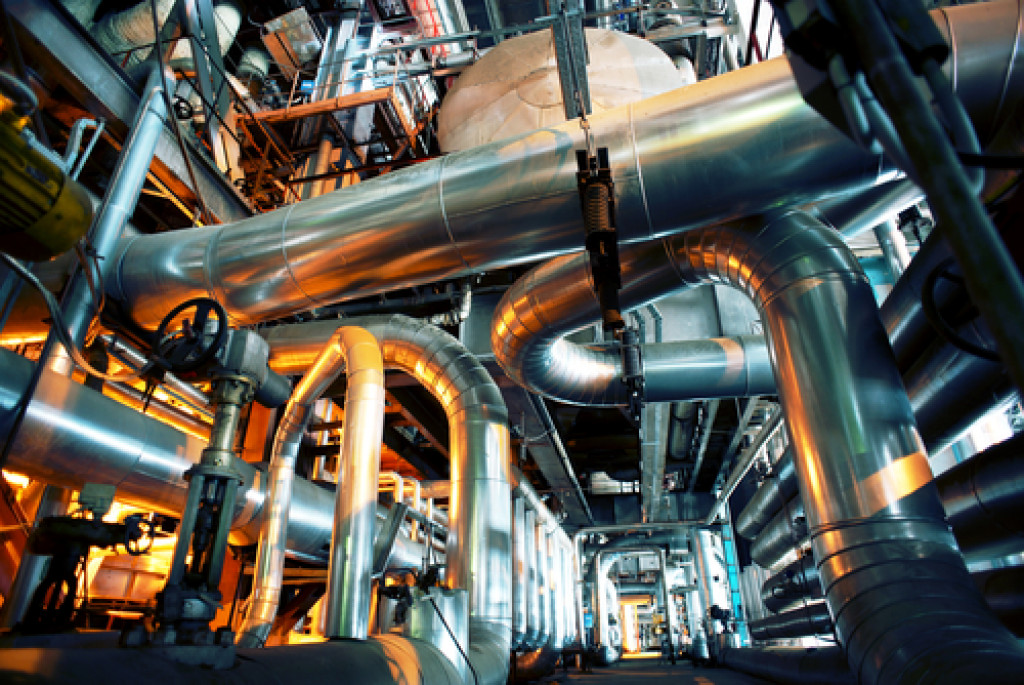- Develop a comprehensive safety program to reduce significant accidents and injuries.
- Ensure adequate lighting and additional fixtures when needed.
- Maintain equipment with regular inspections, cleanliness, lubrication of moving parts, and replacement of worn parts.
- Use concrete restoration techniques to avoid tripping hazards.
- Provide personal protective equipment (PPE) to workers and inspect it regularly.
Safety is an important issue to be addressed in industrial environments. With the potential for hazardous materials, equipment and processes, employers and employees must take action to help reduce the risk of injury or illness. This guide will provide five tips to help manage safety in industrial environments.
1. Develop a Comprehensive Safety Program
Developing a comprehensive safety program is one of the most critical steps in managing safety in industrial environments. This can include policies, procedures and practices for reducing accidents, injuries and illnesses. It should also cover training for personnel on safe work practices and how to use protective gear such as face shields and goggles when appropriate. Additionally, having an effective communication system is crucial so workers can report any safety concerns.
2. Ensure Adequate Lighting
Adequate lighting is essential to ensure that workers can safely perform their jobs. This includes providing sufficient lighting at workstations and areas where machinery is used. Employers should provide additional lighting fixtures such as floodlights or portable lamps if there are dark or dimly lit areas. Additionally, emergency lights should be tested regularly to ensure proper illumination in case of power outages.
Lights should be regularly checked to ensure they are in good working order and provide enough illumination to complete job tasks safely. Employers may need to consider appropriate lighting levels for different tasks depending on the type of work. For instance, detailed work or inspection areas may require more intense light than general work areas. Also, employers should consider the natural light available in a workplace and, if necessary, supplement it with additional lighting to guarantee adequate visibility during dark or dimly lit periods.
3. Maintain Equipment

Maintaining equipment in industrial environments is critical for ensuring worker safety. This is because equipment can become worn out, malfunction and even be prone to fires.
Here are some ways you can adequately maintain equipment:
Carry Out Regular Inspections
It’s important to periodically inspect your equipment to identify potential hazards, such as wear and tear in motors and bearings or damage to guards. All inspections should be documented in case of an incident, and records are needed for investigation.
Keep Equipment Clean
Ensure all surfaces are clean of dirt, dust, oil, and other debris before using the equipment. This will help prevent build-up, which can lead to malfunctioning parts or deterioration over time.
Lubricate Moving Parts
Proper lubrication on moving parts is essential for keeping them performing correctly and safely. Check for any clogs or obstructions in the pathways which could reduce their effectiveness, as well as for the correct type of oil or grease to be used.
Replace Parts
If any parts of the equipment show excessive wear and tear, they should be replaced immediately before further damage is caused. Make sure that replacement parts are of an appropriate quality and size, and always consult a professional if you’re unsure about any aspect of the repair process.
Test Equipment Regularly
Regularly test the equipment for potential problems or malfunctions that could put workers at risk. This includes checking the brakes, emergency stops, and other safety features which should be in place on all machinery. Proper equipment testing can help ensure safety and will last longer with fewer repairs.
4. Use Concrete Restoration Techniques
Investing in professional concrete restoration can help reduce the risk of accidents and injuries in industrial environments. Concrete surfaces that are cracked, spalled or showing signs of deterioration should be repaired as soon as possible to avoid potential tripping hazards. A professional concrete restoration company can assess the site and determine the best surface restoration course. This may include replacing damaged sections, filling cracks with an appropriate material, or adding a protective coating to extend lifespan.
5. Provide Personal Protective Equipment (PPE)

Providing adequate personal protective equipment (PPE) is essential for maintaining a safe work environment. This includes hard hats, safety glasses, face shields and gloves. Employers should provide the proper PPE based on the job being performed and ensure that all workers are adequately trained to use it correctly. Additionally, employers should inspect PPE regularly to ensure it is still in good condition and ready to be used.
In Summary
Managing safety in industrial environments requires diligence and attention to detail from employers and employees alike. By following these five tips, employers can help reduce the risk of accidents or injuries while ensuring their workers have the necessary protection to stay safe on the job. With a comprehensive safety program, adequate lighting, equipment maintenance, concrete restoration and the proper PPE, companies can create a safer work environment for their employees.



